
Photos provided by Dutch & Dutch.
“We don´t see ourselves as an active speaker manufacturer. We go beyond that. Holistic and future proof products are what we believe in.” — Jannis Dossis, Head of Sales & Marketing, Dutch & Dutch
The following is a Zoom interview I conducted with Dutch & Dutch’s Jannis Dossis and co-founder Martijn Mensink, in which we discuss their 8c speaker system, how it continues to improve, and new projects the Netherlands-based company has planned for the near future.
If the subject of DSP-equipped audiophile speakers still sounds new to you, consider that D&D was founded 11 years ago, in 2014—and that for years before that, Martijn had been working on similar designs.
“I had another company that made a product somewhat similar to D&D’s 8c, intended for hi-fi.” he said. “Ultimately, that company failed for a bunch of reasons, not least because the company we paid to produce our first batch of products went bankrupt. But also because the product ended up being too complex for customers to understand and use.
“It was a cardioid design, with a waveguide, and DSP,” he continued, “that came with a bunch of subwoofers you had to position throughout the room. It was relatively compact, but there were a lot of wires and enclosures. And we had to explain why there were all those separate enclosures and subwoofers, why there was DSP, what a cardioid was, and what we did with the listening room. It was just too much.
“So we decided not to continue, and around that time I was approached by a couple of guys who were looking for someone who knew about speaker design. They were very intrigued by the cardioid design we had developed for that earlier project and wanted to design a pro-audio system around it.
“Specifically, they were interested in the design’s potential for addressing noise pollution. At a big concert, for instance, the sound isn’t just directed toward the audience—it radiates everywhere. If you can control where the sound goes, you can control reflections, which will improve sound quality. So we started this new company, but pretty soon, although the idea was great, we realized we didn’t have the resources or scale to bring a technology like this to market effectively.”
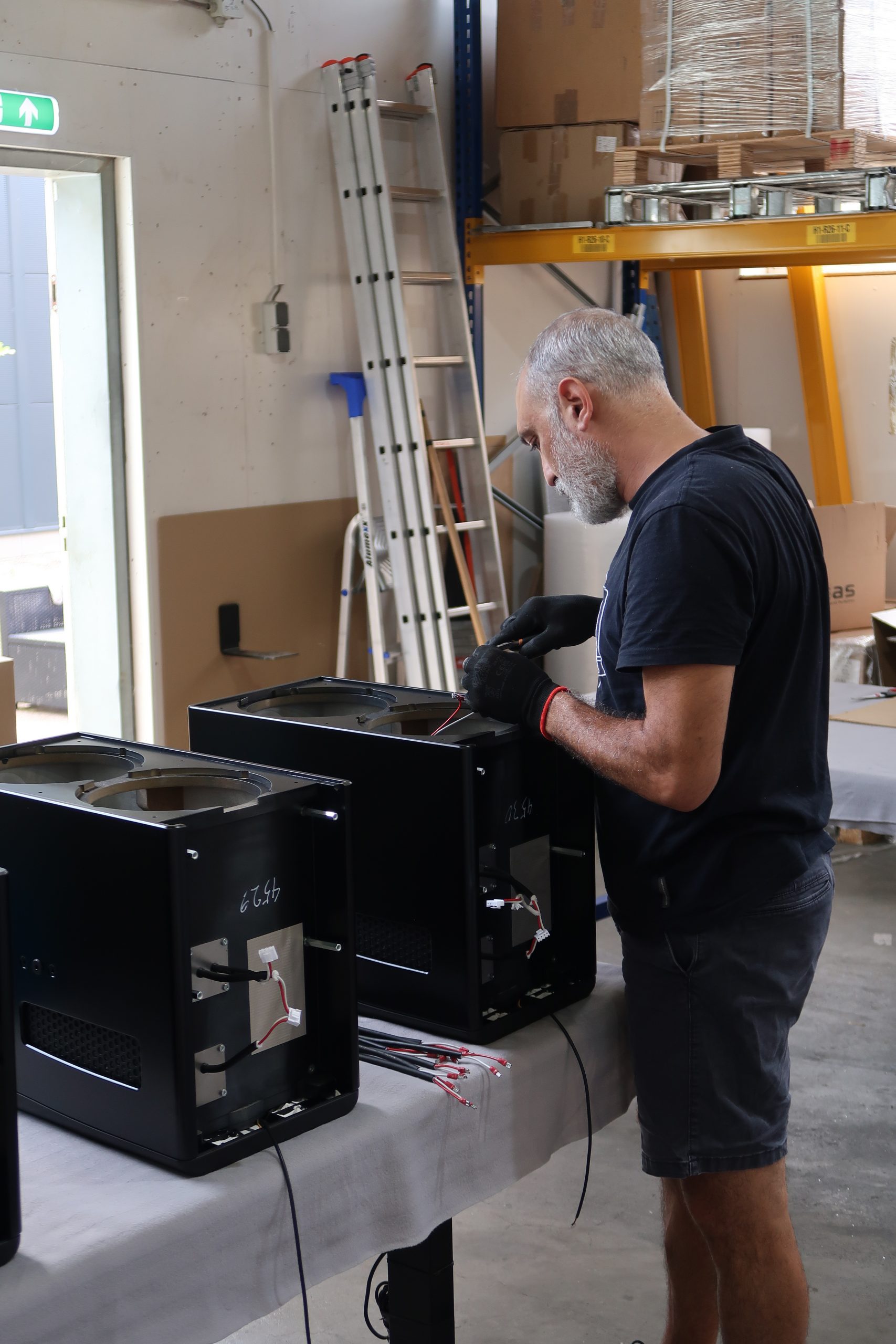
This prompted Martijn to develop a more integrated speaker system under a new company—Dutch & Dutch. “The idea for the initial speaker system was sound,” he explained. “So we asked ourselves, ‘how can we take everything that was great about that earlier system but make it into a product that people will buy.’ We still have to explain about the room [acoustics], but it’s a concept that’s caught on now, although it’s still not obvious to everybody. But we are gaining ground, so to speak.”
In his article, Bruno Putzeys noted that the “upgrading” nature of the audiophile hobby—and the industry’s reliance on that formula—makes it difficult to sell a concept like an all-in-one speaker. How does D&D feel about that?
Martijn: “The reason most hobbyists are in this hobby is because they enjoy the journey. It’s not about the final destination. What we see with our customers is that a lot of them have been on this upgrade path for years, and then they see or hear about the 8c. I think most of the time it’s not their plan to”—he frames the next words in air quotes—“sort of end the hobby; it just kind of happens. They’re still interested in audio, but it does seem that the 8c is a final station, at least for the time being, for many of our customers. Very few of our products end up on the secondhand market, simply because—and we know this from frequent interactions with our customers—people keep them.”
I suggested that the audiophile community’s growing acceptance of active speakers likely comes down to the technology being much better than it used to be.
“Absolutely,” the guys answered in unison, with Jannis adding: “Just a few years ago, the technology for active speaker systems just wasn’t there.” I asked if he could elaborate on comments he’d made in an email, specifically, ‘We don’t see ourselves as an active-speaker manufacturer,’ and, ‘We believe in holistic, future-proof products.’
He replied, “The 8c may be an active speaker—it’s powered—but it goes beyond that because it was designed holistically. We built the best speaker we could, then added a platform to it. That, to me, is the biggest difference between us and other brands: the power of the platform. The 8c will keep delivering new features because it was designed that way.
“I come from a software background,” he continued. “And what made me jump to Dutch & Dutch nine years ago, is that I immediately understood the potential of the 8c’s platform—its power, upgradeability, and updatability.
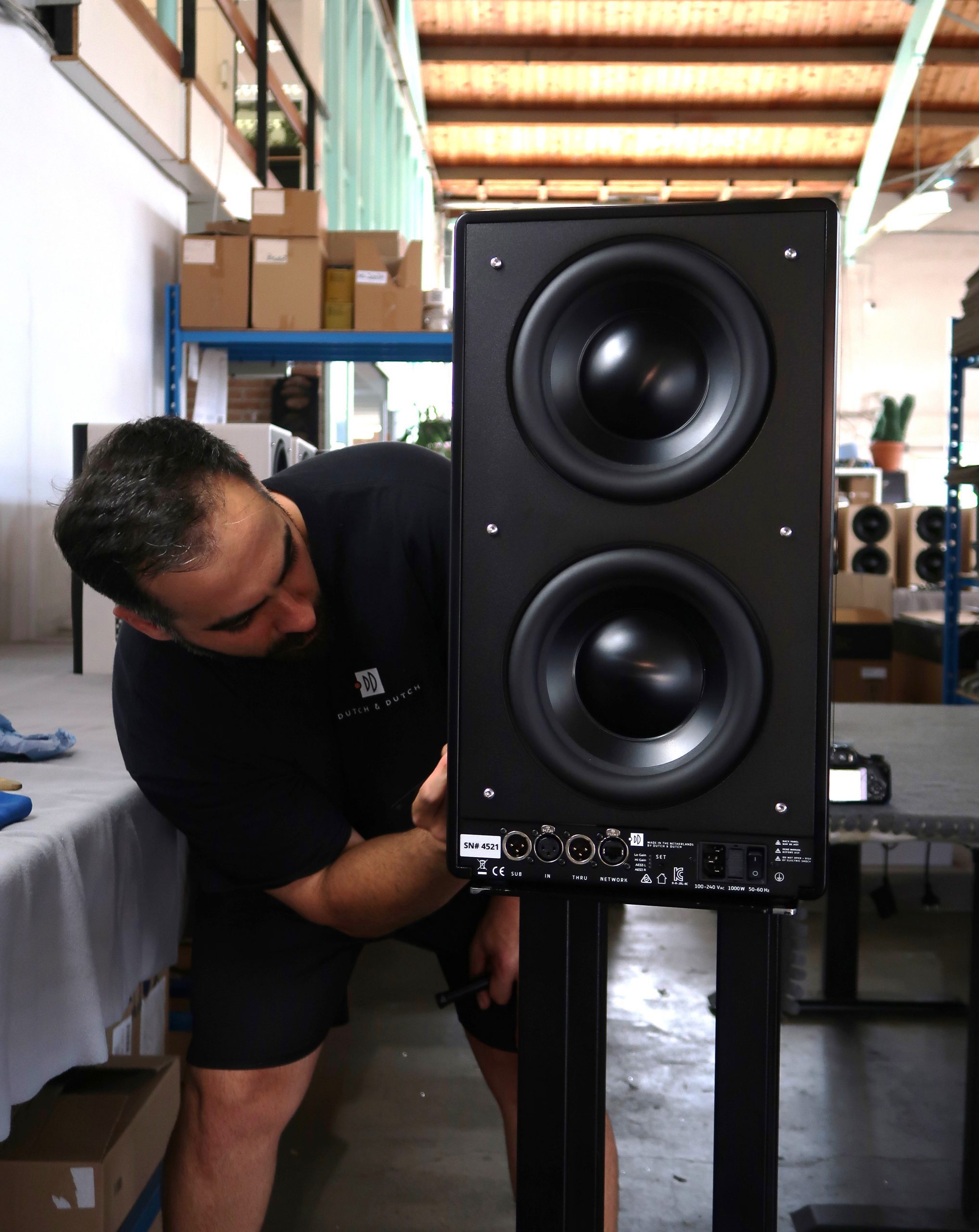
“Seven or eight years after its release, the 8c is still on the market,” he said. “In ten years, it will be even better because we will continue to offer our client base new features and functions. We will continue to upgrade the 8c through software. So Dutch & Dutch does loudspeakers but it’s also a software company.
“It was something the company realized very fast,” he said. “Software these days can be used to manipulate hardware over the long term. So we add to that platform. For example, the 8c is the first speaker to feature the BACCH (Binaural and Ambisonic Cross-talk Cancellation) plugin, with many more plugins in the works. From that perspective, you’re not just buying a product—you’re making an investment for years to come. That’s why we don’t want to be lumped in with typical active speakers—we go beyond that.”
“We are going against a big apparatus,” he continued. “We are going against a lot of brands that want to sell you 10 boxes. We don’t. We want to sell you one set of speakers, incorporating hardware and software. So that’s the holistic approach that we want to look at.”
Added Martijn: “With most conventional speakers, even those with DSP or streaming in them, there’s a period when there’s the R&D, then the product is released, and the R&D basically focuses on the next thing. Our R&D guys are DSP developers, software developers—they continue working on the platform that we’re using in the 8c, so we have lots of updates to keep the 8c up-to-date, and the same platform will now be used in the next speaker that will be rolled out in the coming months. So instead of focusing every time on a new product, and doing the whole thing over again, we have a platform that can grow with the speakers.”
“It’s also our way of showing our respect to our user base,” said Jannis. “The last thing we want to do is say, ‘get rid of the 8c and buy our new product.’ The 8c is a phenomenal product that will still be a phenomenal product in 10 years. We want you to feel secure when you buy the 8c. This is expensive stuff. We don’t want you to change it out in three years because there’s a new DAC or streaming service on the market. We can implement those, in theory, because we have our platform.”
So what does the BAACH plugin do?
“It eliminates crosstalk, which is when sound from one speaker reaches the opposite ear*,” said Martijn. “Crosstalk reduces the image width. For this reason, the width of the sound can never be greater than the angle between your speakers. Reflections can perhaps give you some sense of image broadening, but it’s very limited and with BAACH you can basically fix that crosstalk with a cancellation filter. What this does is it reintroduces some of the spaciousness that is lost by two speakers playing in stereo.”
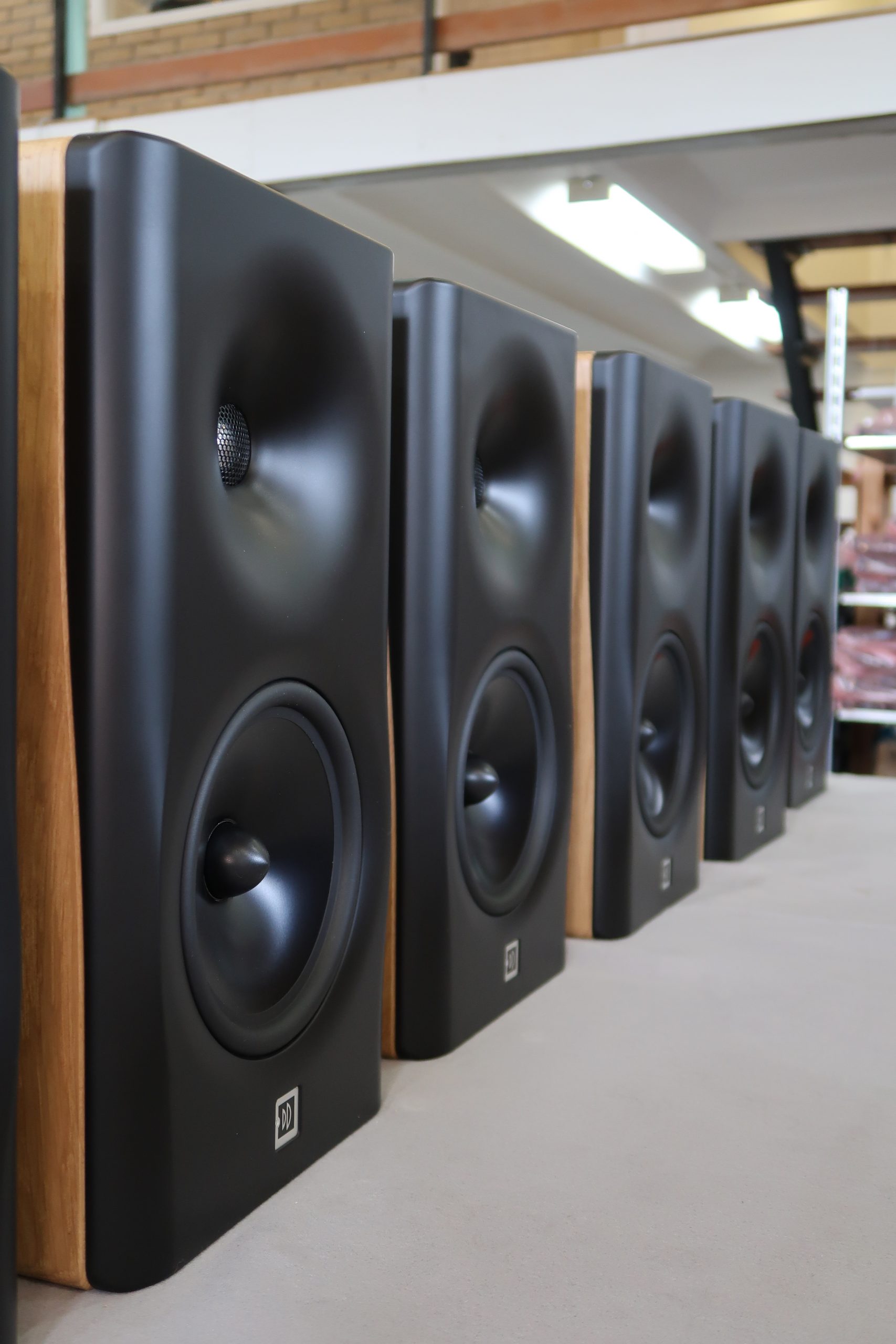
When I mentioned that directivity seemed to be the main goal of the 8c’s design, Martijn said, “Directivity is a main goal, yeah. If you want to control the room, directivity is vital. There’s more than that to the 8c, but that is a central point of its design.”
The 8c, a standmount, is rated to deliver an impressive 20Hz in bass extension. Did they see any reason to develop a floorstander?
At this, both men smiled, with Jannis taking the lead. “Absolutely,” he said. “I’m not going to say more than that. We know we have a huge client base who, just from a visual perspective, would like a floorstander in their room. So, we have some things coming around the corner.”
Could they reveal when this new system might be released?
“Hopefully within the year,” came their reply.
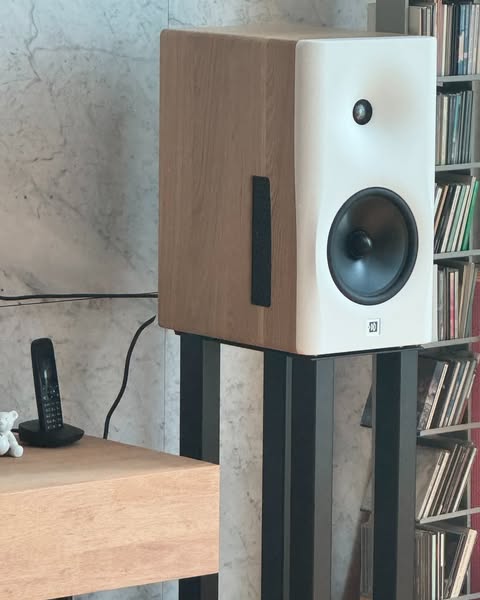
Along with three class-D amplifiers in each speaker, the 8c speaker system includes a built-in DAC that supports 24/192 files. While users can bypass the DAC, Martijn explained that doing so comes with a caveat.
“Some people do it and some people love it,” he said. “If they have a DAC with a certain character they love, they can install it ahead of the 8c to retain that character. But the 8c itself has a DSP built in and that works in the digital domain. That means the analogue signal will be converted back to digital.”
Added Jannis: “When we designed the 8c, we wanted it to be a holistic solution—buy one product and just enjoy your music. That said, many of our customers use vinyl players, streamers, DACs, and preamps, and we offer a product that solves the room equation. How you consume your music and which components you use is up to you—it’s still part of the hobby, right? We have customers who are downsizing, but also those who realize, ‘Hey, my vinyl player or streamer can sound ten times cleaner and better because I now have speakers that interact with the room extremely well, mitigating its problems.’ Use your DAC, don’t use your DAC, spin vinyl, stream directly—either way, we’re happy as long as you’re consuming your music the way you want.”
Next, the conclusion to my interview and my impressions of the 8c’s sound as heard at a local audio store.
*In audio, crosstalk can also refer to the sound from one channel leaking into another.
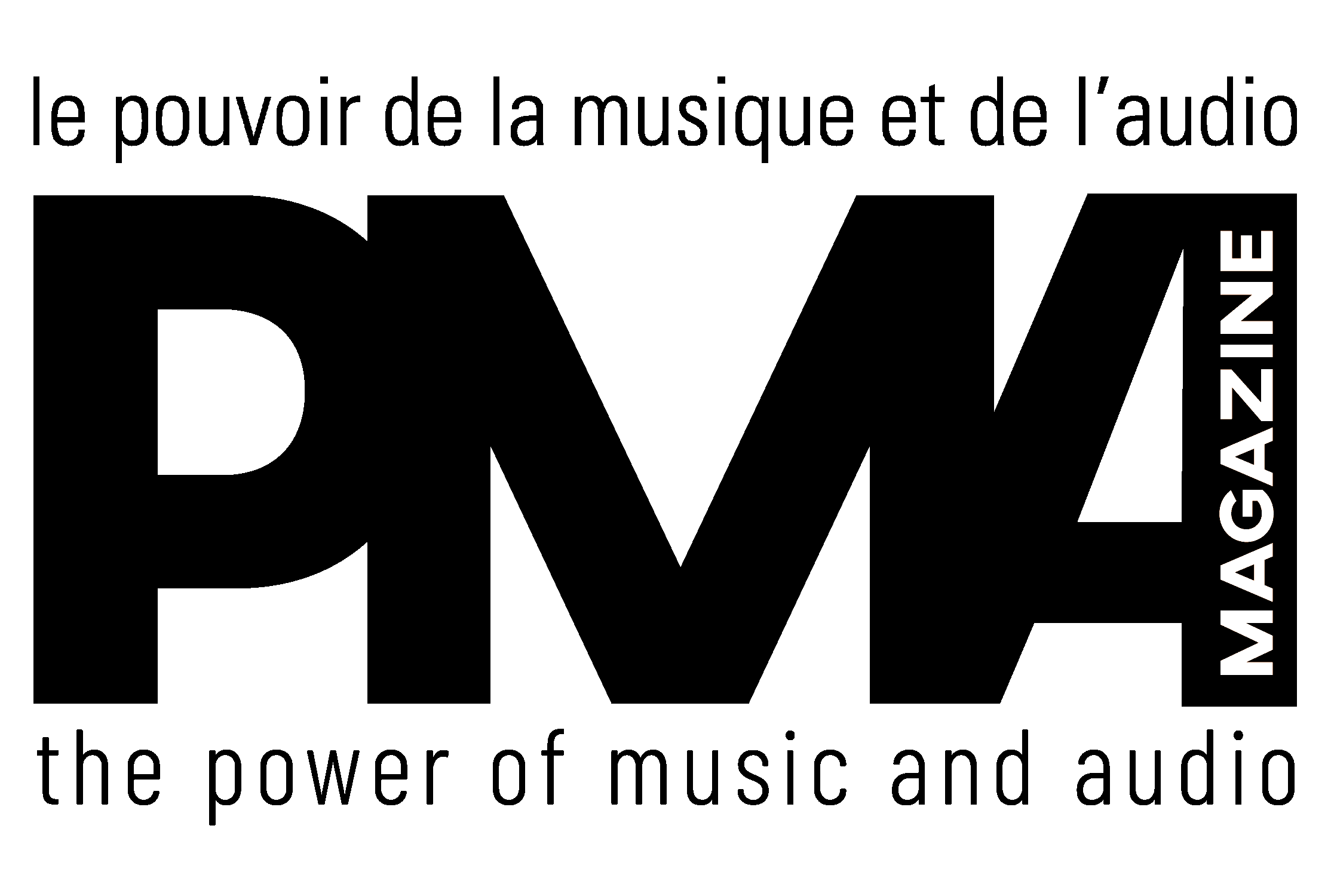




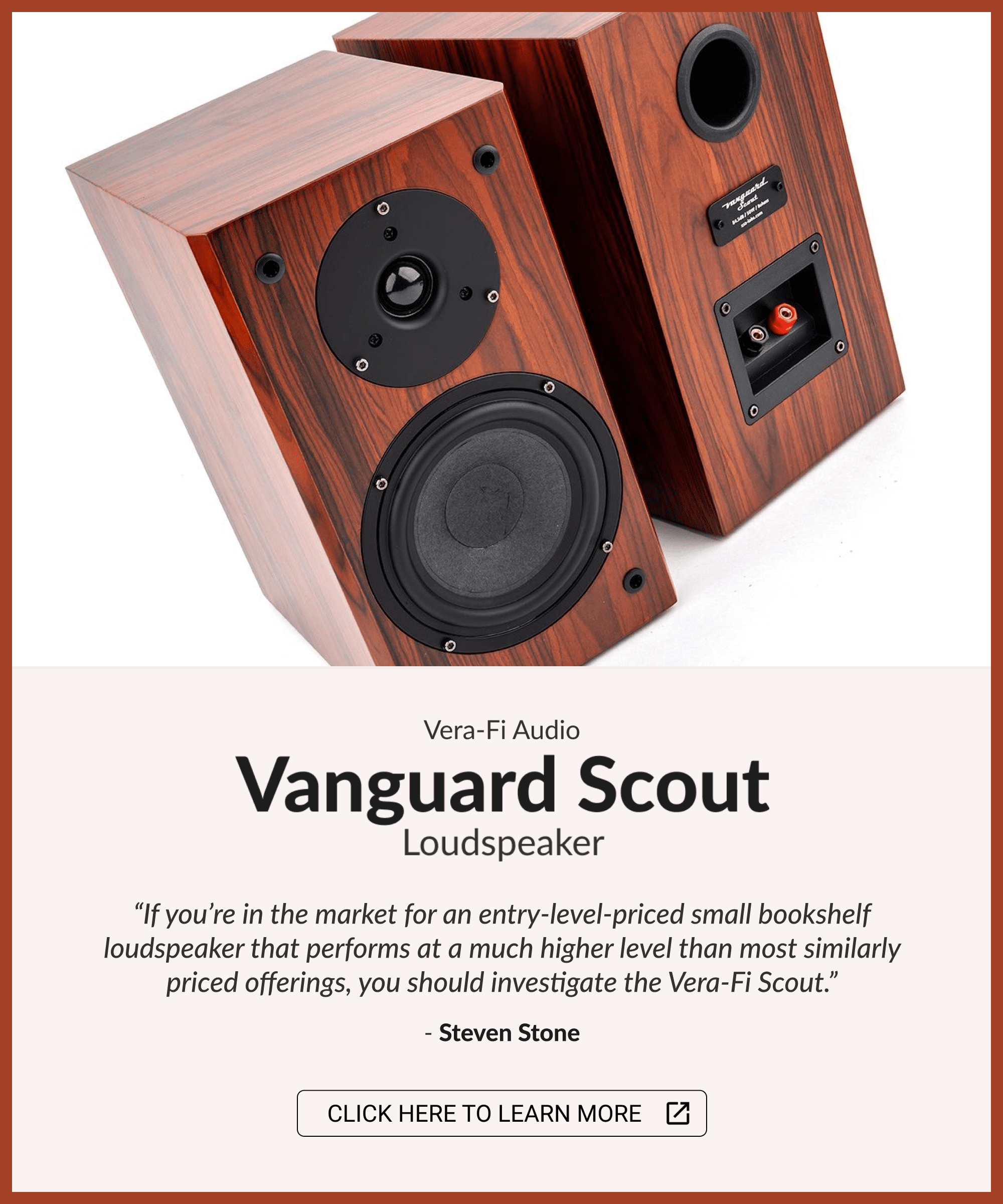

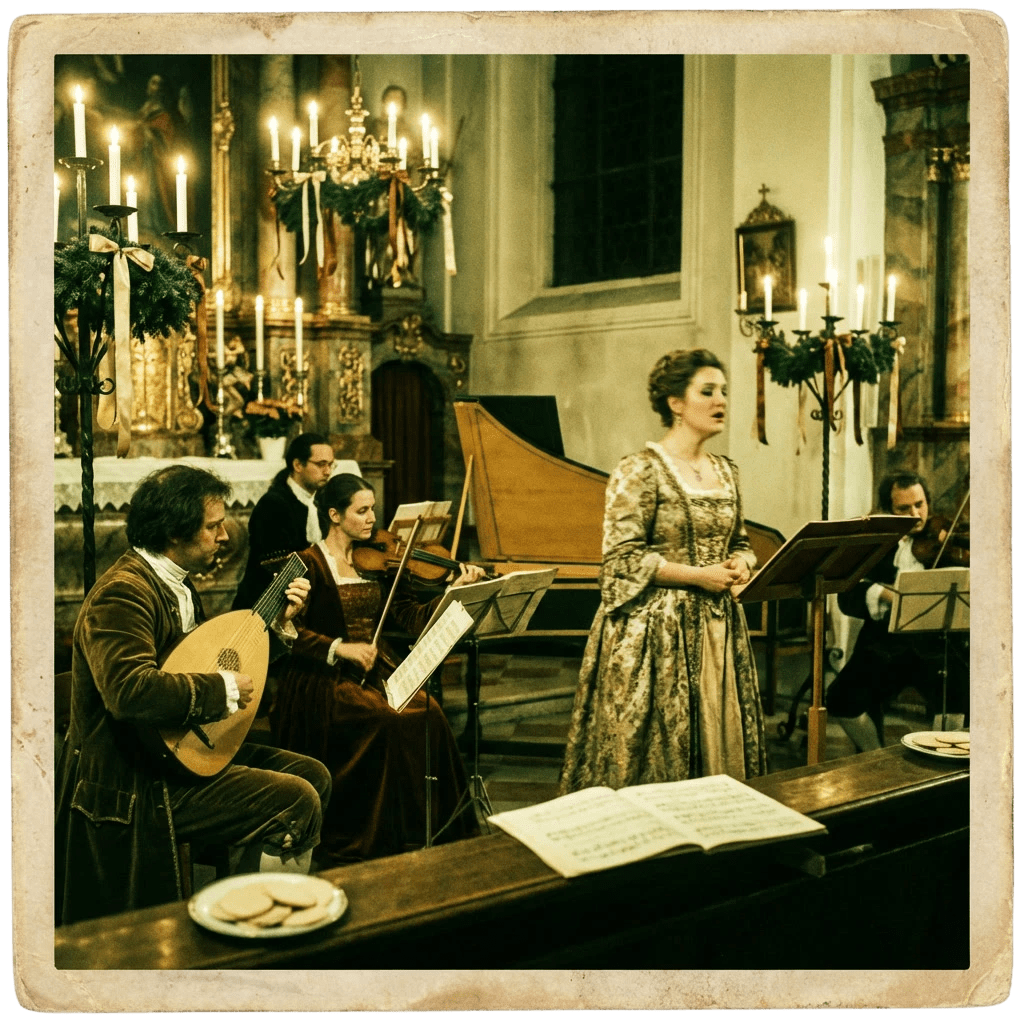







Leave a Reply